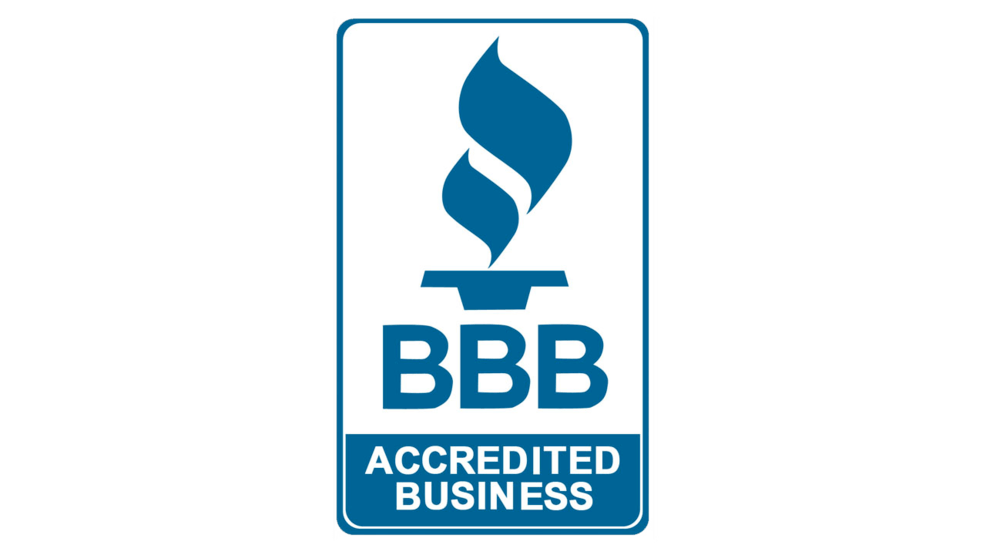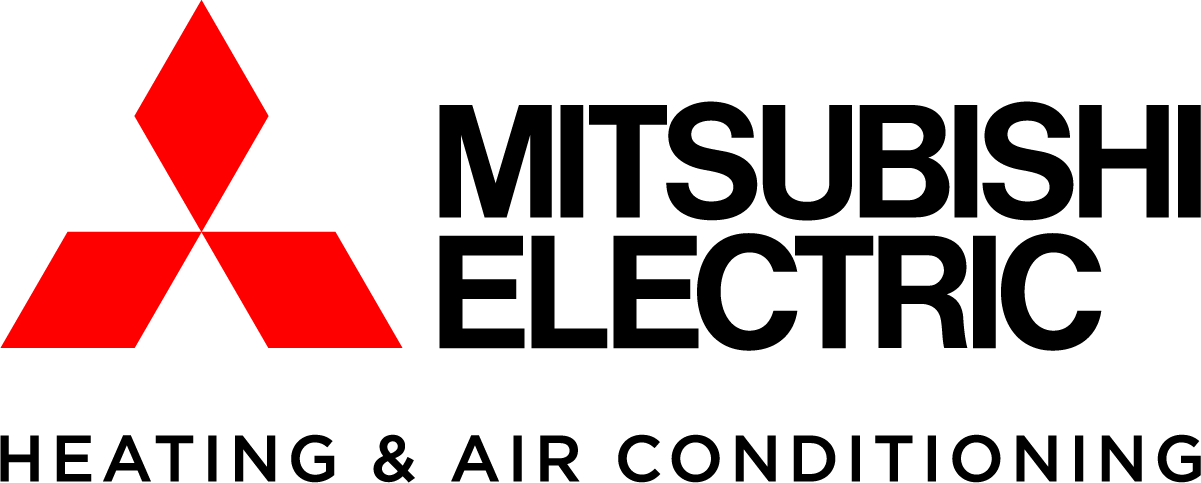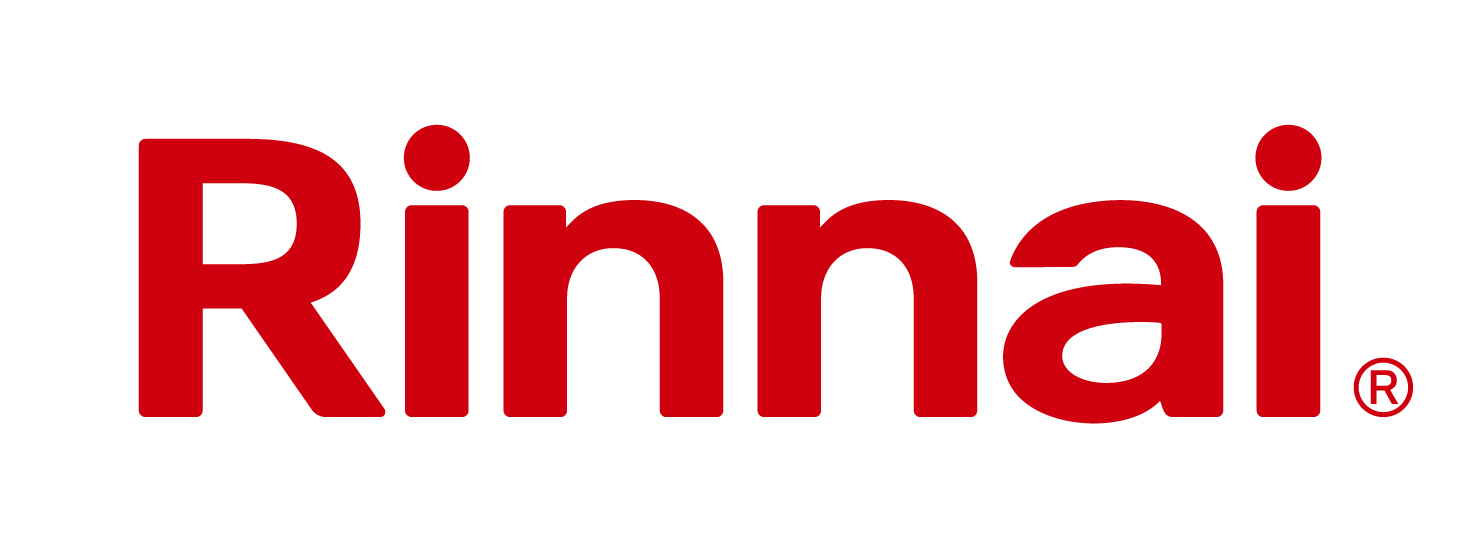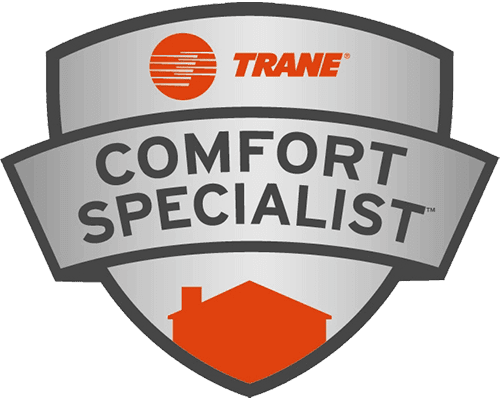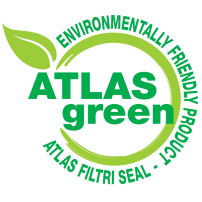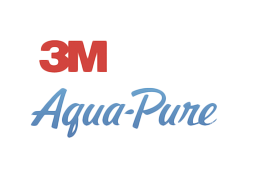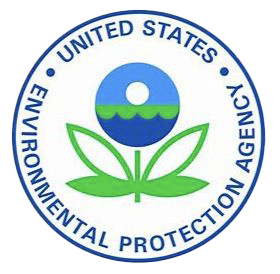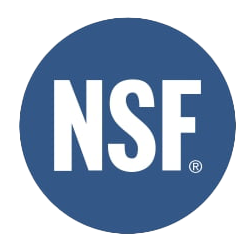Sewer & Drain Lines
Your home’s sewer and drain lines form the backbone of your plumbing system, carrying wastewater away from your property and maintaining the health and hygiene of your living space. At Papalia Home Services, we understand that properly functioning drainage systems are essential for comfortable daily living. When these critical components fail, they can cause significant disruption, property damage, and health hazards that require immediate professional attention.
The complexity of modern sewer and drain systems demands expertise that goes beyond basic plumbing knowledge. These networks of pipes connect every water-using fixture in your home to the municipal sewer system or septic tank, creating an intricate web that must function flawlessly to prevent backups, overflows, and contamination. Our technicians bring comprehensive training and advanced diagnostic equipment to every service call, ensuring accurate problem identification and lasting solutions.
Common Drain Line Problems and Their Causes
Drain line issues typically develop gradually, often starting with minor symptoms that homeowners might overlook. Slow-draining sinks, gurgling sounds from toilets, and occasional unpleasant odors can signal developing problems within your drainage system. These early warning signs frequently indicate partial blockages caused by accumulated grease, soap residue, hair, and other debris that restricts water flow through the pipes.
Tree root infiltration represents one of the most destructive forces affecting underground sewer lines. Mature trees seek moisture and nutrients, sending tiny root tendrils through microscopic cracks or pipe joints. Once inside, these roots expand rapidly, creating massive blockages and potentially crushing pipes entirely. Properties with large trees or aging clay pipes face particularly high risks of root-related damage that can cost thousands of dollars if left unaddressed.
Pipe deterioration affects homes throughout Boxborough, Acton, Westford, Concord, Sudbury, and Lexington, particularly in neighborhoods with infrastructure dating back several decades. Cast iron pipes corrode from within, creating rough surfaces that trap debris and eventually collapse. Clay pipes crack under shifting soil conditions, while older Orangeburg pipes made from compressed wood fibers and tar simply disintegrate over time. Understanding your home’s plumbing age and materials helps predict potential failures before they cause major damage.
Professional Inspection and Diagnostic Services
Modern sewer camera technology revolutionizes how we diagnose drain line problems, eliminating guesswork and unnecessary excavation. Our high-resolution waterproof cameras navigate through your entire drainage system, transmitting real-time video that reveals blockages, cracks, root intrusion, and pipe condition. This visual inspection provides definitive answers about problem locations and severity, allowing us to recommend targeted solutions rather than costly whole-system replacements.
During camera inspections, we document pipe materials, joint conditions, and any structural defects that could cause future problems. The recorded footage serves as valuable documentation for insurance claims and helps establish maintenance schedules based on actual pipe conditions rather than age-based assumptions. Property owners receive copies of these recordings, providing transparency about recommended repairs and helping them make informed decisions about their plumbing investments.
Advanced Cleaning and Repair Methods
Hydro jetting represents the gold standard in drain cleaning technology, using high-pressure water streams up to 4,000 PSI to obliterate stubborn blockages and scour pipe walls clean. Unlike traditional snaking methods that merely punch holes through clogs, hydro jetting removes all accumulated debris, grease buildup, and even small root infiltrations. This thorough cleaning restores pipes to near-original flow capacity and extends the time between necessary cleanings.
- Trenchless pipe repair technologies minimize property disruption while addressing structural damage
- Pipe lining installation creates new pipes within existing ones without excavation
- Spot repairs target specific damaged sections rather than replacing entire lines
- Chemical root treatments prevent regrowth after mechanical removal
Our expertise extends beyond basic drain cleaning to comprehensive sewer line rehabilitation. Founded in July 1990, we’ve witnessed the evolution of repair technologies and continuously invest in training and equipment to offer the most effective solutions. Being open 7 days a week ensures emergency response when sewage backups threaten your property and health.
Preventive Maintenance Programs
Regular drain maintenance prevents minor issues from escalating into major emergencies requiring expensive repairs. Professional cleaning every 18-24 months removes accumulating debris before it creates blockages, while annual inspections identify developing problems early. This proactive approach typically costs far less than emergency repairs and extends the lifespan of your drainage system significantly.
Homeowners can supplement professional maintenance with proper daily practices that protect their drain lines. Avoiding flushing non-biodegradable items, limiting grease disposal in kitchen sinks, and using drain screens to catch hair and debris significantly reduces clog formation. Installing water softeners in hard water areas prevents mineral buildup that narrows pipe diameters over time.
Integration with Other Home Systems
Sewer and drain line health directly impacts other home systems, creating interconnected maintenance considerations. Poor drainage affects HVAC condensate removal, potentially causing water damage around air conditioning units. As a Trane Comfort Specialist with Diamond Elite certification, we understand these system interactions and coordinate repairs to prevent cascading failures across multiple home components.
Kitchen and bathroom renovations often reveal hidden drain line problems requiring immediate attention before proceeding with cosmetic upgrades. Our ACCA membership ensures we follow industry best practices when modifying drainage systems to accommodate new fixtures or layouts. Free estimates on heating and cooling installations include drainage assessments when condensate lines connect to main sewer systems.
Environmental and Health Considerations
Properly functioning sewer lines protect both your family’s health and the local environment by preventing sewage contamination of soil and groundwater. Failed systems create breeding grounds for harmful bacteria and attract disease-carrying pests. The EPA estimates that failing residential sewage systems contribute millions of gallons of untreated wastewater to watersheds annually, making prompt repairs an environmental responsibility.
Modern drain cleaning and repair methods emphasize environmental sustainability through reduced chemical usage and minimal excavation. Our NSS certification ensures expertise in systems that minimize water waste while maximizing cleaning effectiveness. Trenchless technologies preserve landscaping and reduce the carbon footprint associated with traditional excavation and restoration work.
Cost Factors and Investment Protection
Sewer line repair costs vary dramatically based on problem severity, pipe location, and chosen repair methods. Simple clogs might cost a few hundred dollars to clear, while complete line replacements can exceed $10,000. Understanding these cost variables helps homeowners budget appropriately and recognize when investing in comprehensive repairs makes more financial sense than repeated temporary fixes.
Insurance coverage for sewer line damage depends on specific policy terms and damage causes. Most standard homeowner policies exclude gradual deterioration but may cover sudden failures. Documenting system conditions through regular inspections strengthens insurance claims when covered events occur. Our detailed inspection reports and repair documentation support these claims, potentially saving thousands in out-of-pocket expenses.
